Explore the Best AI Image Gallery
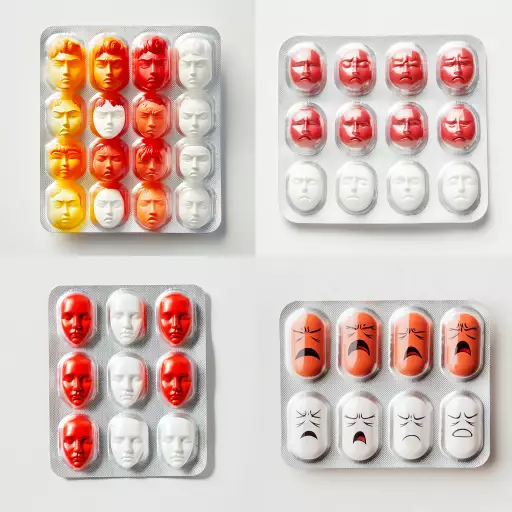
The Algorithmic Brushstroke: Navigating the Ethics of AI-Generated Media
The realm of creativity is undergoing a profound transformation, driven by the emergence of artificial intelligence (AI). AI-powered tools are now capable of generating astonishingly realistic images, composing original music, and even crafting compelling narratives. This burgeoning field of AI-generated media presents both exciting opportunities and complex ethical challenges that demand careful consideration.
A Canvas Painted by Algorithms
The potential applications of AI-generated media are vast and multifaceted. In the visual arts, AI algorithms can assist artists in creating unique artwork, exploring novel styles, or even generating entirely new pieces based on user prompts. Music composition is also being revolutionized, with AI capable of composing original scores, suggesting harmonies, or even mimicking the style of specific composers. The written word is not immune to this transformation, with AI-powered tools able to generate articles, poems, and even scripts.
The Ethical Labyrinth
While the possibilities are tantalizing, the rise of AI-generated media raises a host of ethical concerns that require careful navigation:
Authorship and Ownership
When an AI creates a work of art, who owns the copyright? Is it the programmer who developed the algorithm, the user who provided the input, or the AI itself? This question of authorship is complex and has no easy answers. Legal frameworks are still evolving to address this new paradigm.
Bias and Representation
AI algorithms are trained on massive datasets of existing information. If these datasets reflect societal biases, the AI-generated content may perpetuate and even amplify those biases. This can lead to harmful stereotypes being reinforced and marginalized groups being underrepresented or misrepresented.
Misinformation and Manipulation
The ability to generate highly realistic images and videos opens up new avenues for misinformation and manipulation. Deepfakes, which are AI-generated videos that convincingly portray individuals saying or doing things they never did, pose a serious threat to trust and accountability.
Shaping the Future of Creativity
Despite the challenges, AI-generated media has the potential to revolutionize the creative landscape. It can empower individuals to express themselves in new and innovative ways, democratize access to creative tools, and push the boundaries of artistic expression.
Responsible Development and Use
To ensure that AI-generated media is used ethically and responsibly, several key steps are essential:
- Transparency and Explainability: AI algorithms should be transparent and understandable to humans. Efforts should be made to explain how AI arrives at its outputs, building trust and accountability.
- Bias Detection and Mitigation: Developers must actively work to identify and mitigate biases in training datasets. This involves collecting diverse data, using fairness metrics, and continually evaluating and refining algorithms.
- Ethical Guidelines and Regulations: Clear ethical guidelines and regulations are needed to govern the development and use of AI-generated media. These should address issues of authorship, ownership, bias, and potential harm.
- Education and Awareness: Public education is crucial to raise awareness about the capabilities and limitations of AI-generated media. Individuals need to be informed consumers and critically evaluate AI-generated content.
The intersection of AI and creativity presents both unprecedented opportunities and complex challenges. By embracing ethical considerations, fostering transparency, and promoting responsible development, we can harness the power of AI to enhance human creativity and shape a future where technology and art coexist in harmony.

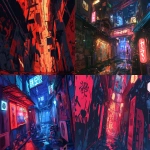


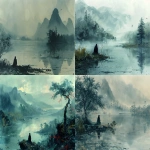

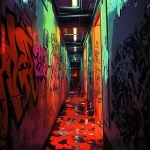
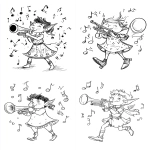
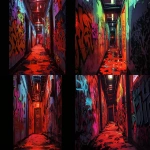


](https://images.ai-img.art/thumbnails/150/baf01e7f997f5bc030aa10831575d8b879a4a6755830df4bcd3dcc93346ef1dd.webp)


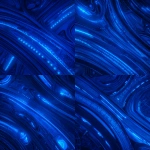

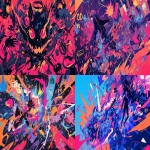
](https://images.ai-img.art/thumbnails/150/fd852e87169bf2f63982b31f7f16a8fa335d75d9536fd48c2b87c7d4b035fa7c.webp)
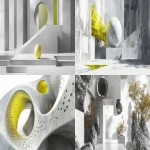

](https://images.ai-img.art/thumbnails/150/4dfe5499f7f4f9e5aa1613199c58710634f2cba5f57ac7e6717c1d56a9864e1a.webp)
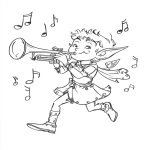


](https://images.ai-img.art/thumbnails/150/56d08b81b5991eca46f50c80b41db4e9ac06c775cbbf5138ea0734d93390316a.webp)
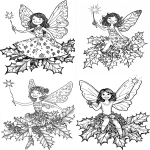
](https://images.ai-img.art/thumbnails/150/e407417f3921a9491278afc6484ec26f3ae374d4543e1a56898e8bcb1e41a0da.webp)
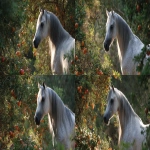
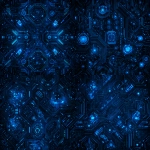

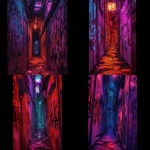

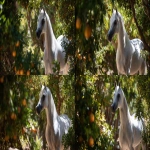
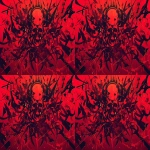

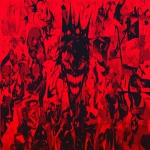








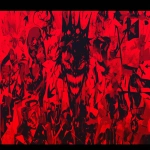
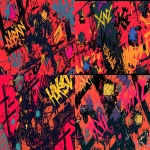
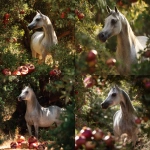


](https://images.ai-img.art/thumbnails/150/ed631f35091268316da1950d8f24949cf71c41220d75ddecc89232e1c28f3653.webp)